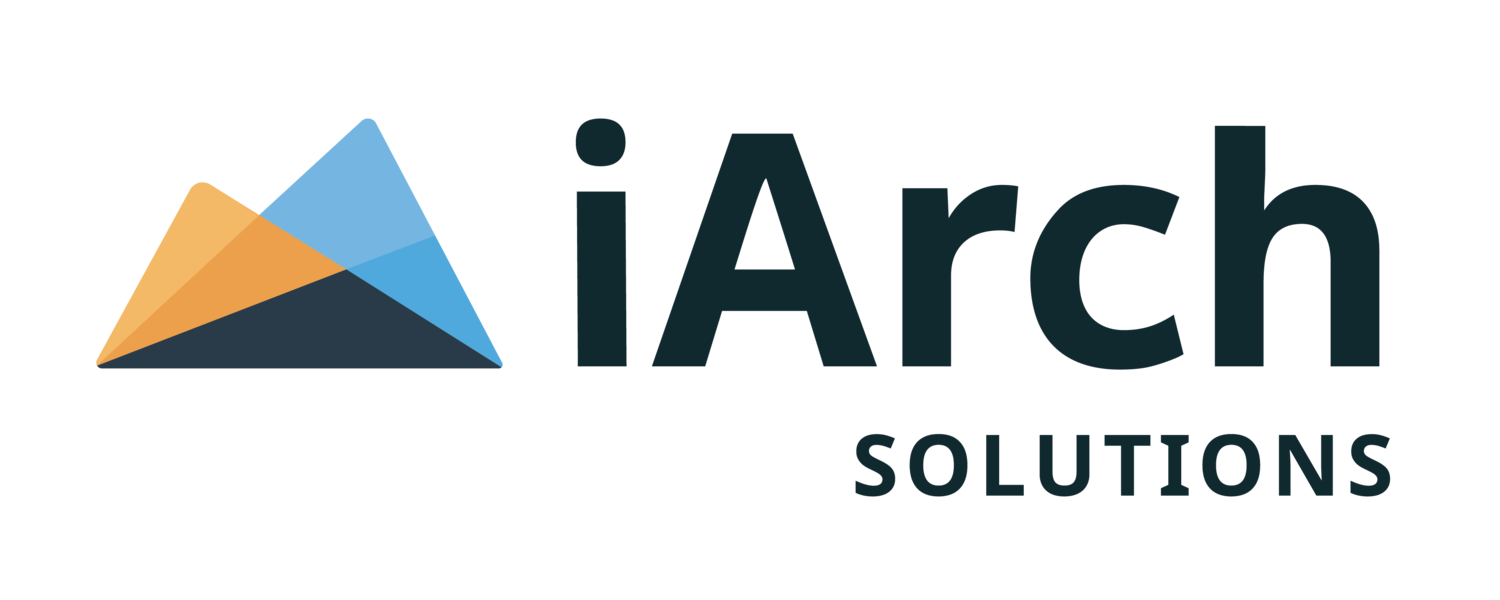How to Restrict Development Access and Assign Admin Permissions Safely
Managing user access in a development environment is critical for maintaining security and efficiency, especially as teams grow and projects evolve. Unauthorized or unnecessary access can lead to risks and potential disruptions in workflows. In this guide, we’ll walk you through the steps to remove unwanted users from your development environment and ensure that only specific admin users have the permissions they need. By implementing these strategies, you’ll be able to enhance security and streamline administrative access within your workspace.
1. Within Workspace, navigate to the Navigate tab, followed by selecting Administrator > Shared Services Console.
2. Navigate and expand Application Groups, followed by expanding the Foundation group and selecting Shared Services.
3. To the right panel, within the Artifact List section, check the Native Directory checkbox and be sure to expand on it and verify whether All boxes are needed.
4. Select the Export button and export to the default location. When the Export to File System pop-up window appears, be sure to name the in relevance to the file needing to be altered. For example, we are modifying the HSS file, so we name the File System Folder: HSS2 24-10-22.
5. Within Shared Services, navigate to the Administration tab > Migration Options and locate the Shared Services – Import Mode drop-down list.
6. Within the Import Mode drop-down list, select the Delete option, followed by selecting Save.
7. Open File Explorer and navigate to: D:\Oracle\EPMShared\LCM\import_export
Note:
Location of the Import_Export folder can vary, as it normally would reside within the: user_projects\epmsystem1\import_export
8. Locate the file that you just Exported over from shared services.
9. Within the Exported folder, you will navigate to HSS-Shared Services\resource\Native Directory and make the necessary changes that were requested for Groups, Roles & Users.
Note:
You will need to open each .csv file within Notepad ++
10. Once changes have been made, you will then navigate back to Workspace > Shared Services.
11. Within Shared Services, navigate and expand the File System drop-down list and located the re-configured file.
12. Under the drop-down menu for the file you modified, select HSS-Shared Services.
13. Within the newly open window to the right, check the checkbox for Native Directory, followed by expanding it. Make sure All desired check boxes are selected. In the screenshot below, everything accept Roles was selected, as roles didn’t need to be updated and therefore was unchecked.
14. Select the Import button. This will import the new file over!
Note:
You will get a Failed response due to the Migration Options > Shared Services – Import Mode being set to Delete.
15. Within Shared Services, navigate to the Administration tab and select the Migration Options. From within the Migration Option dialog window, navigate to the Shared Services – Import Mode and change it back to Create or Update, followed by selecting the Save button.
16. Within Shared Services, navigate back under Application Management > File System and under the drop-down menu for the file you modified, select HSS-Shared Services.
17. Within the newly open window to the right, check the checkbox for Native Directory, followed by expanding it and being sure all desired check boxes are selected, followed by selecting the Import button.
18. After selecting the Import button, you will be navigated over to the Migration Status Report window were you will monitor the import progress and await for a Completed status. See screenshot below:
Lastly, you will need to navigate with workspace, in order to validate that everything is reachable and also to verify that the requested changes were changed successfully without any issues.
Securing your development environment by managing user access is essential for a streamlined and secure workflow. By following these steps, you can protect your systems, reduce risks, and ensure that only authorized users have the permissions they need. Regularly reviewing and updating access permissions is a key part of maintaining an efficient and secure workspace. If you need assistance with managing user access, optimizing security, or any other technical, managed support, reach out to iArch Solutions. Our team is here to provide expert guidance and services to help your business operate securely and efficiently.













